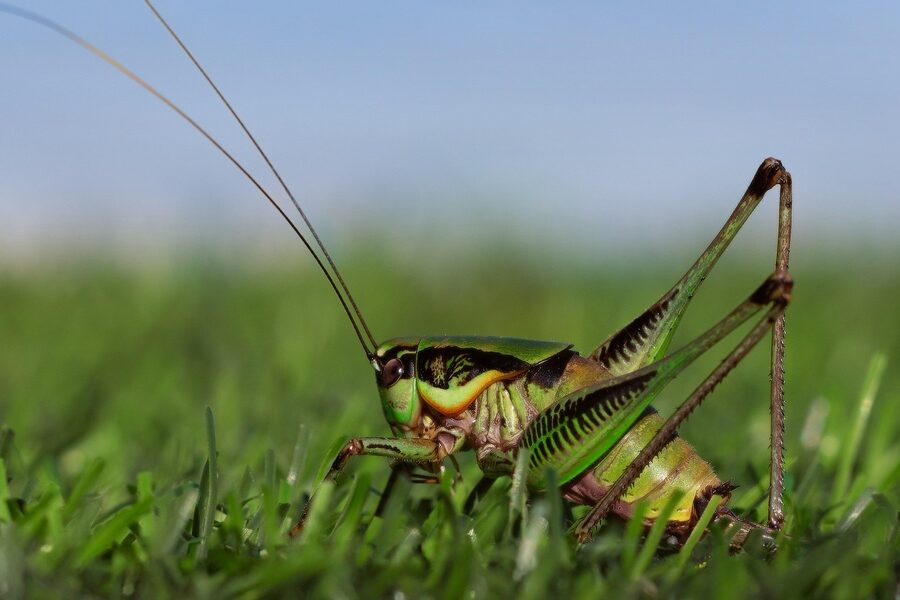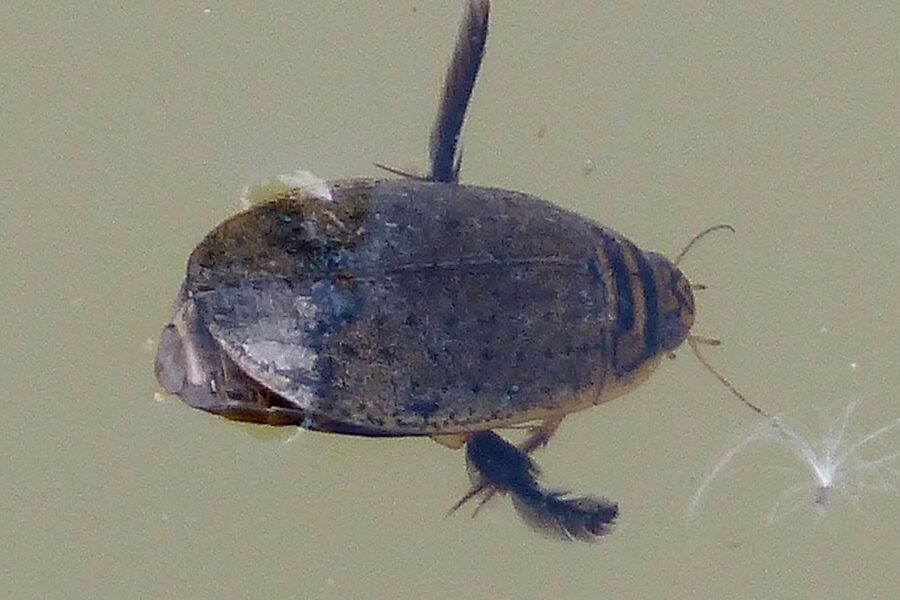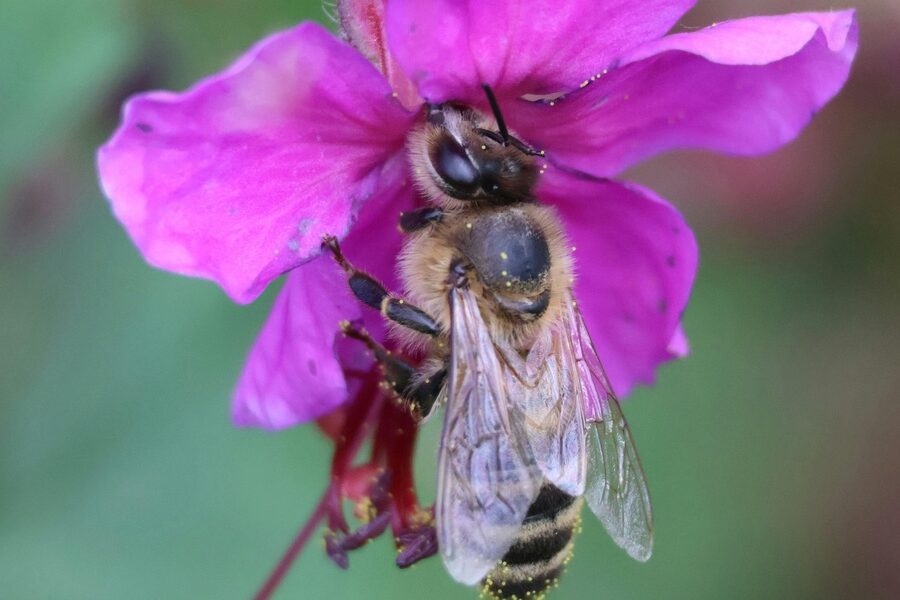Pink insects are a fascinating group that includes exactly 10 unique species known for their striking pink hues. These insects span various habitats from the rainforests of Southeast Asia to the woodlands of Eastern North America and tropical regions worldwide. One remarkable detail is how their pink coloration often serves different purposes such as camouflage, warning predators, or a rare genetic mutation called erythrism. This list highlights species like the vibrant Elephant Hawk-moth and the candy-colored Rosy Maple Moth.
Explore the table below for a complete list of these pink insects, including their scientific names, natural habitats, and size in millimeters.
What Types of Pink Insects Are There?
Pink insects come from several insect families and orders. This list includes moths, grasshoppers, katydids, mantises, and scale insects. Each type shows pink for various reasons—some use it to blend in with flowers, others display it to warn off predators, and some have pink coloring due to genetic variations. Understanding these differences helps identify each insect and appreciate its unique role in nature.
Where Do Pink Insects Live?
The habitats of pink insects vary widely. Many live in warm, tropical, or subtropical regions where bright colors are common among plants and animals. Others inhabit temperate forests and woodlands. For example, the Orchid Mantis thrives in Southeast Asian rainforests, while the Rosy Maple Moth is found in Eastern North America near maple trees. Knowing their habitats helps when trying to spot or study these insects in the wild.
Why Are Some Insects Pink?
Pink coloration in insects can happen for several reasons. It might be a form of camouflage, allowing insects to hide among pink flowers or leaves. In other cases, the color acts as a warning to predators that the insect might taste bad or be toxic. Some pink insects owe their color to a rare genetic mutation called erythrism, which produces extra red pigment. This mix of biological functions makes pink insects both beautiful and interesting subjects for study.
Table Column Explanation
– Scientific Name: The formal Latin name used by scientists to identify the species. – Habitat: The natural environment where the insect lives and thrives. – Size (mm): The typical size range of the insect measured in millimeters.
Pink Insects
| Common Name | Scientific Name | Habitat | Size (mm) |
|---|---|---|---|
| Orchid Mantis | Hymenopus coronatus | Rainforests of Southeast Asia | 50-60 |
| Rosy Maple Moth | Dryocampa rubicunda | Eastern North America | 15-25 |
| Elephant Hawk-moth | Deilephila elpenor | Europe, Asia, North Africa | 25-35 |
| Pink-spotted Hawk Moth | Agrius cingulata | Americas (tropical and subtropical regions) | 40-50 |
| Pink-striped Oakworm Moth | Anisota virginiensis | Eastern North America | 15-20 |
| Pink Katydid | Amblycorypha oblongifolia | Eastern North America | 40-60 |
| Pink Grasshopper | Chorthippus parallelus | Europe, Asia | 15-25 |
| Pink Mealybug | Saccharicoccus sacchari | Tropical and subtropical regions | 2-5 |
| Pink Hibiscus Mealybug | Maconellicoccus hirsutus | Tropical and subtropical regions | 2-4 |
| Pink Wax Scale | Ceroplastes rubens | Tropical and subtropical regions | 3-6 |
Images and Details
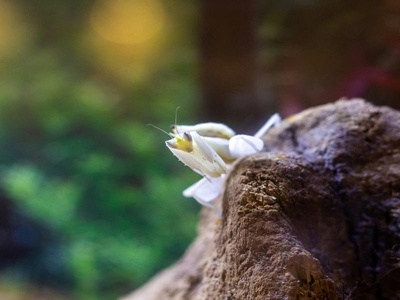
Orchid Mantis
This stunning insect perfectly mimics orchid flowers, using its pink and white coloration to ambush pollinators. Its flattened limbs resemble petals, providing exceptional camouflage as it waits motionless among blooms.
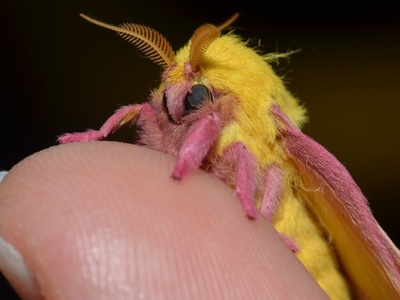
Rosy Maple Moth
A small, fluffy moth known for its vibrant pink and yellow coloration, resembling a piece of candy. Its striking hues serve as a warning to predators, indicating potential distastefulness. Often found near maple trees, their larval host plant.
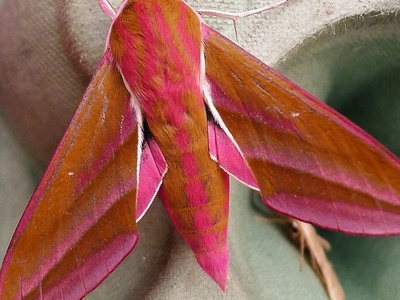
Elephant Hawk-moth
Named for its caterpillar’s trunk-like head, this moth displays a beautiful mix of olive-green and vibrant pink stripes. Active at dusk, it hovers like a hummingbird, feeding on nectar from flowers such as honeysuckle.
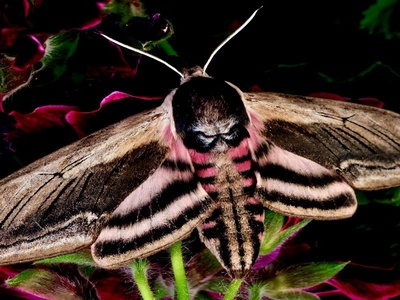
Pink-spotted Hawk Moth
This large, powerful moth is easily identified by the bright pink bands on its abdomen and hindwings, contrasting with its otherwise grey-brown body. It’s a strong flier and a significant pollinator, often seen feeding on nectar at dusk.
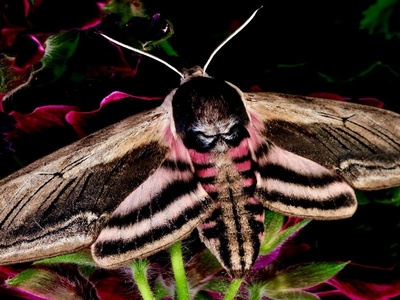
Pink-striped Oakworm Moth
Adorned with distinct pink stripes on its wings and body, alongside shades of yellow and brown, this moth is a unique sight. Its caterpillars feed on oak leaves, making it a common resident of oak-rich woodlands.
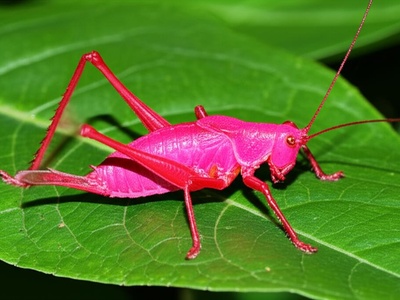
Pink Katydid
A rare and striking variant, these katydids display an unusual bright pink coloration due to a genetic mutation called erythrism. While most katydids are green, their pink counterparts stand out, though often making them more vulnerable to predators.
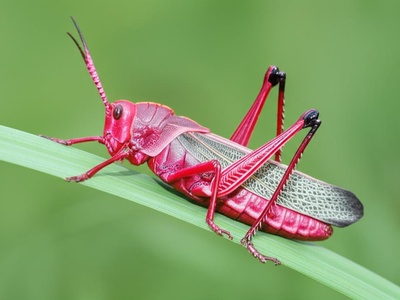
Pink Grasshopper
Like pink katydids, these vibrant grasshoppers owe their unusual hue to erythrism, a genetic condition that causes excessive red pigmentation. Typically green or brown, a pink grasshopper is a rare and captivating find in its natural habitat.
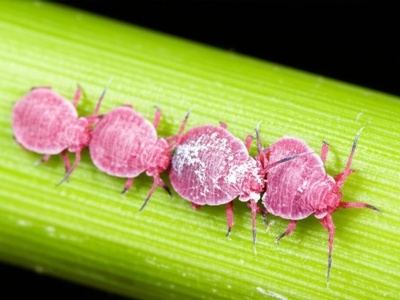
Pink Mealybug
A small, soft-bodied insect known for its distinct pink color, often covered in a white, waxy secretion. These pests feed on plant sap, particularly sugarcane, forming colonies that can damage crops.

Pink Hibiscus Mealybug
This tiny, globally invasive pest is recognized by its pink, waxy-covered body. It feeds on a wide range of host plants, including hibiscus, causing stunted growth and distorted leaves, and is a significant agricultural concern.
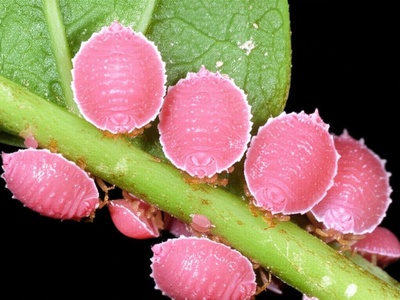
Pink Wax Scale
Females of this scale insect are encased in a distinctive pink to reddish-pink waxy covering, giving them their common name. They are plant pests, feeding on sap and excreting honeydew, which can lead to sooty mold growth.



